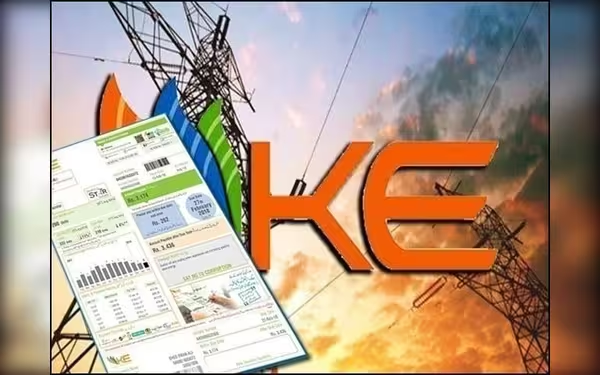Sunday, November 17, 2024 12:36 AM
K-Electric Consumers Face Rs0.40 Per Unit Tariff Hike
- Nepra raises K-Electric tariff by Rs0.40 per unit.
- All consumer categories affected, except specific exemptions.
- Consumers urged to conserve energy amid rising costs.
 Image Credits: tribune.com.pk
Image Credits: tribune.com.pkNepra has increased K-Electric's power tariff by Rs0.40 per unit, impacting consumers amid rising living costs.
The recent decision by the National Electric Power Regulatory Authority (Nepra) to raise the power tariff for K-Electric (KE) consumers by Rs0.40 per unit has sparked discussions across the country. This adjustment, which affects a wide range of consumers, is part of the ongoing efforts to manage the rising costs of electricity generation and distribution in Pakistan. The increase will be applied to all consumer categories, with the exception of electric vehicle charging stations, lifeline consumers, and those using prepaid meters.
Understanding the implications of this tariff hike is crucial for consumers. For many households and businesses, electricity bills are a significant part of monthly expenses. The increase, while seemingly small at Rs0.40 per unit, can accumulate to a substantial amount over time, especially for those who consume large quantities of electricity. This change is expected to impact the budgets of families and small businesses alike, as they will need to adjust their spending to accommodate the higher utility costs.
Moreover, the decision comes at a time when many consumers are already grappling with inflation and rising costs of living. The burden of increased electricity tariffs can lead to difficult choices for families, forcing them to cut back on other essential expenses. It is essential for consumers to be aware of their electricity usage and explore ways to conserve energy, which can help mitigate the impact of this tariff increase.
While the Rs0.40 per unit increase in the power tariff for K-Electric consumers may not seem drastic at first glance, its cumulative effect can be significant. As consumers navigate these changes, it is vital to stay informed about energy-saving practices and to understand the broader context of electricity pricing in Pakistan. By being proactive and mindful of energy consumption, individuals can better manage their expenses and contribute to a more sustainable energy future.













